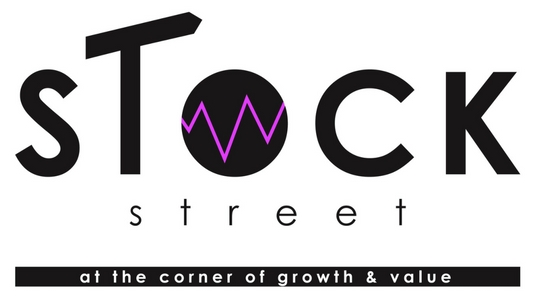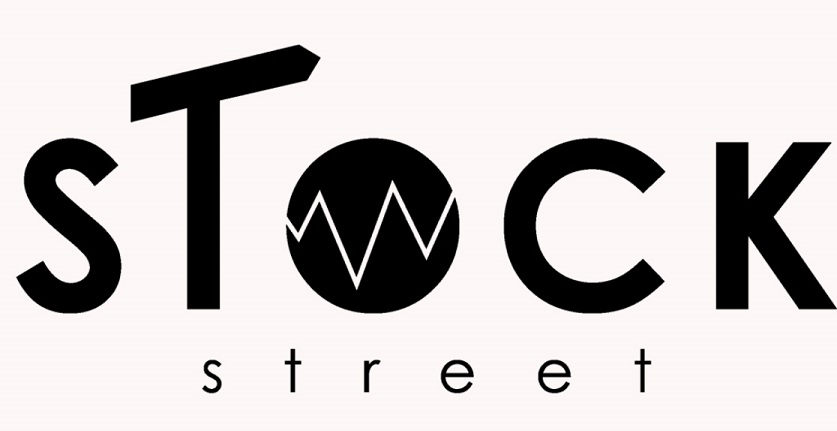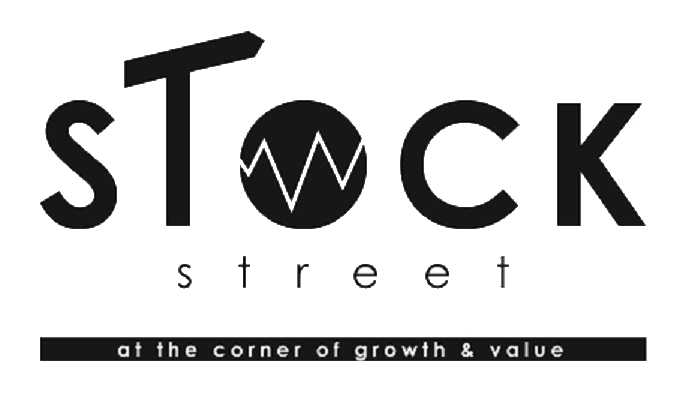Once upon a time I had a meeting with a builder. This builder had a booming business in the early to mid-2000’s, but was struggling when I met with him round 2011. He, like most builders during this time, had a tremendous amount of their net worth tied up in real estate projects. As long as new projects came along, and values didn’t drop too drastically, this was sustainable. However, as we all know, those days didn’t last for long, and, like many builders, their company suffered an excruciating blow.
There comes a time when a successful entrepreneur needs to seriously think if they are putting all of their eggs in one basket. Just like the many builders who went under during the housing bubble, this can happen to many entrepreneurs, in many different industries.
When an entrepreneur creates a successful business, it can be difficult to extract cash from that business. This happens because a successful business can make high returns by reinvesting its cash – so it is tempting to keep the money inside the business. Also, many entrepreneurs need access to cash to help expansionary efforts.
This article goes over a hypothetical situation that our friend, Danny, goes through after creating a successful importation business.
High rates of return
Let’s take Danny’s scenario. Danny runs a successful small business in which he is able to import a product from Europe and sell that product in the US for 100% more than he paid for it (net of costs associated with the product). This is the equivalent of a 100% markup, which is also called a 50% margin.
While Danny’s business is small, he can continue doing this every month – every month he can spend $15,000 on the product and its costs, and sell that product for $30,000. If he does this every month, he is able to generate $15,000 per month, minus his somewhat minimum fixed expenses for this business.
Eventually, Danny decides he really wants to expand business, so he does his research and comes to the conclusion that he can reinvest his profit and purchase more and more and more of his product and sell it for the same margin and a slight increase in fixed costs. By the end of the year, Danny is purchasing $100,000 of his product including costs each month and selling it for $200,000. He is effectively making $1.2 million dollars before he pays his fixed expenses, which are higher than when he was purchasing 15k per yer, but still not too large.
Let us take a moment and step back. Danny was able to initially make $15,000 in a month. By the end of the year, he was able to make $100,000 in a month. His monthly income has grown by over 550%.
Now, we have to deal with the burden of the eggs and the basket.
The burden of the eggs and the basket.
Up to this point in our scenario with Danny, he has been able to increase his income by a whopping 550% plus in a year. For Danny to make another 550% increase in income, he has to continue to reinvest his money. Mathematically, this means that every dollar he does not use to purchase his product, will not help him earn a 550% increase in income.
Danny has a dilemma – keep the money investing in the product to make rates of return of 550%, or start taking money out of the business and diversify so all of his eggs are not in one basket.
The problem Danny faces with this dilemma, is that he will likely only earn 5% – 10% investing his money in the stock market long term. Yet, he can increase his income by 550% by purchasing then importing his product.
The other option Danny has is to create a new line of business. He can find another product to import and hopefully create another distribution channel for that product.
The Risk
Danny, believing he can still do better, decides not to diversify and continues to reinvest his money in the imported product. Eventually, he is purchasing $1 million of the product and selling it for $2 million per month. His fixed expenses have grown in order to handle the increased capacity of the product, but he is still able to compound his money at nice returns by purchasing this product.
As Danny is chugging along, he gets a call from one of his supply chains. They have decided to fire Danny, and go with a, new, similar product, being imported to the US. Danny, becoming stressed, asks his contact what company he is being replaced by. Danny does some research, and he determines that he now has a legitimate competitor; a competitor who is selling a similar product to Danny’s for 25% less than he is selling his for.
Price War
Danny gets another call a week later and it is official, he has lost another client to this new competitor. To combat this new competitor, Danny decides he must engage in a price war. He contacts all of his supply chains and immediately tells them he is willing to renegotiate the price of his product. Danny lowers his price to 30% less than he was selling it for, so now he is under his competitor’s price.
A month later, Danny gets a call that he just lost another client. He does his research and realizes that the competitor has reduced their price. He can’t believe it, how can this competitor survive on such low margins?
This continues over time until Danny’s 100% markup is reduced to 20%. Danny is now unable to purchase the $1 million supply because of his reduced profits. His $1 million of the product he was purchasing just a couple of months ago, went from a $1 million profit to a $200,000 profit.
His fixed costs start eating into his cash, along with his excess supply of his product. Eventually, he has $1.5 million of product left, but he has lost too many supply chains, that he can’t turnover the supply quickly.
Now, Danny is stuck in a situation – he owns $1.5 million of his product, his fixed costs are eating into his cash, and he can’t sell his product to keep up with expenses. With his fixed expenses continuing to pile up, he decides he needs to close down business, and have a fire sale. He sells his product for a total of $150,000, and now has no income stream coming in.
The downward spiral
This is an example of the downward spiral that can occur when someone does not protect a portion of their net worth by detaching it from their business, and not venturing into diversification of products to combat the potential of a competitor.
Danny generated a net profit of $1 million at one point, if he had just removed 20% of his profits over time, he could have saved closer to $1 million; instead of $150,000.
The dilemma of the eggs and the basket when it comes to entrepreneurs is a serious matter. The downward spiral can happen to a business quite rapidly. This can be due to competition, economic decline, cyclical economics, technological disruption, there are many ways this can happen.
It is hard to walk away from high rates of return
Danny only has two legitimate options he can think of. He either takes money out of his company and invests it personally in stocks, bonds and or funds. Or, he reinvests his profit from one product into a new product. If Danny can’t find another product to sell for such favorable margins, he only has the option of reinvesting in his current product, or removing money from his business.
It is extremely difficult to remove money from a business that has the ability to increase income by 550% in a one-year period. It is enticing, and, honestly, I doubt I would be able to stomach the idea personally. It is important that we realize the potential of the downward spiral and make an educated decision whether we should divest some money from a profitable business, or whether we want to take the risk.
It is not an easy decision to make, but, hey, if you own a profitable business, it is a great problem to have.
So, for the entrepreneur, be wary of this potential problem and don’t forget to take the eggs and the basket into consideration. Your business may decline, but your personal wealth can stay adequate if you keep diversification in mind.
Thanks for reading!
Photo Credit: Designed by Freepik














